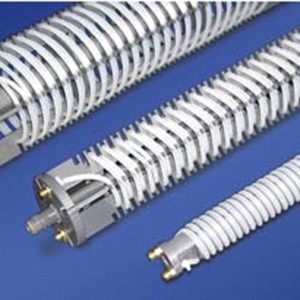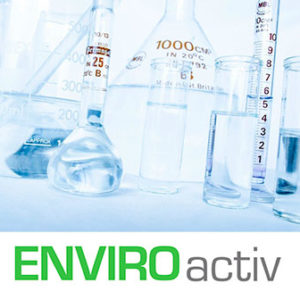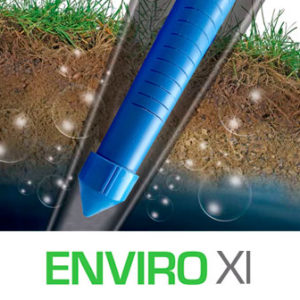Biological degradation process. Microorganisms use oxygen to break down pollutants.
Allows treatment of petroleum hydrocarbons and other compounds including oxygenated ethers (ETBE, MTBE).
Allows treatment of a wide range of contaminants.
Treatment periods of 6-18 months.
Saturated zone.
May require applications every 4-6 months.
Stimulated aerobic Bioremediation - (Biostimulation)
Biostimulation or stimulated aerobic biodegradation is the practice of eliminating the factors that limit the biodegradation of pollutants, usually introducing nutrients (nitrogen and phosphorus) and oxygen in the saturated zone and in the groundwater to increase the number and activity of autochthonous microorganisms capable of biodegradation. Envirotecnics has macro and micronutrient solutions to apply directly to soils and groundwater ENVIROactiv and ENVIROnutri. Oxygen is considered by many to be the main limiting factor for the growth of hydrocarbon-degrading bacteria. Natural sources of dissolved oxygen are rapidly depleted when petroleum hydrocarbons are released underground, so the natural attenuation of petroleum hydrocarbons in aquifers without treatment and with low oxygen concentrations is slow.
By supplying oxygen to the subsurface biological processes are stimulated and aerobic biodegradation rates can be accelerated 10 to 100 times compared to natural rates.
Compounds treated by biostimulation most frequently are petroleum hydrocarbon components (BTEX, HAP, TPH) and related oxygenated ethers (MTBE, ETBE, TBA).
The biodegradability studies in the laboratory allow determining in some cases the need to add macro and micronutrients. The biostimulation process is typically used to treat low to moderate levels of contamination. The compounds most commonly treated with aerobic bioremediation are petroleum hydrocarbon constituents.
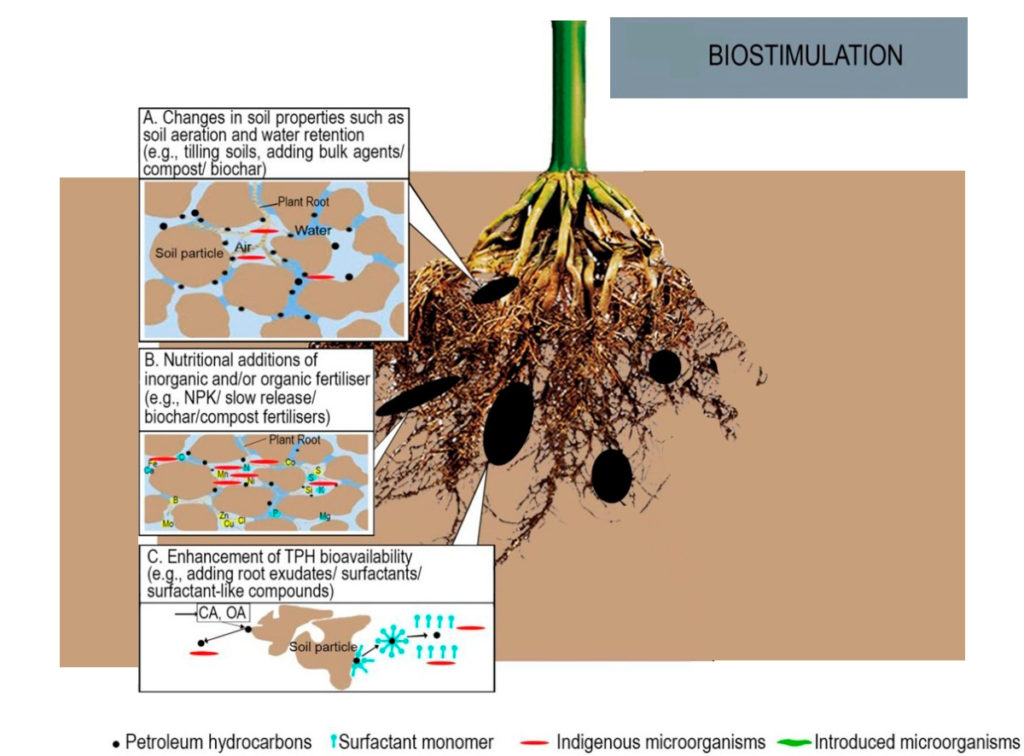
When it comes to high levels of petroleum hydrocarbons, many remediation professionals use stimulated aerobic biodegradation in conjunction with more powerful treatments such as in situ chemical oxidation (ISCO). Once levels of hydrocarbon contamination have been significantly reduced through ISCO, a transition can be made to aerobic biodegradation to treat lower level and more widely dispersed contaminants.
Related services
- Studies of microbiological and physicochemical characterization of samples of groundwater and contaminated soils.
- Viability tests on samples of water and / or contaminated soils at the laboratory level.
Related products
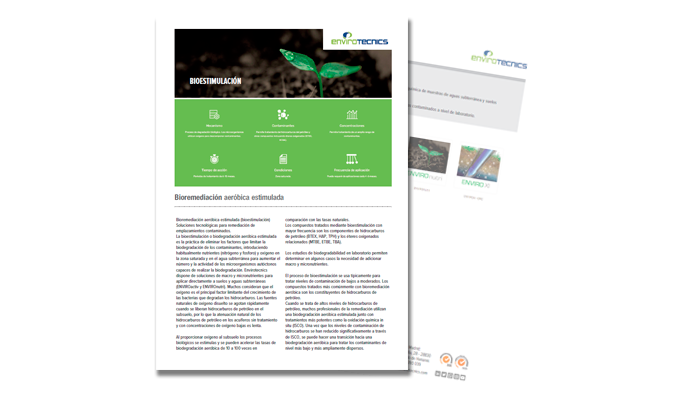
Contact us to determine the best strategy.


